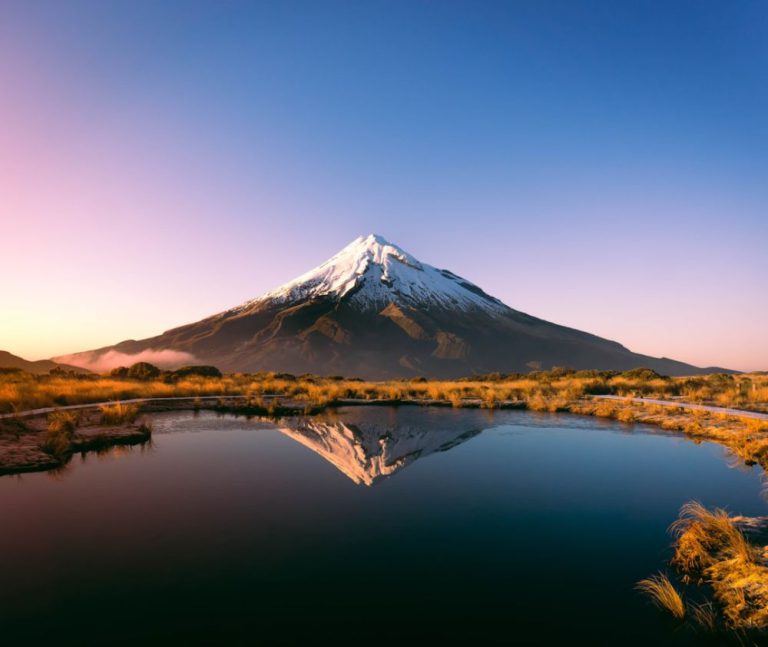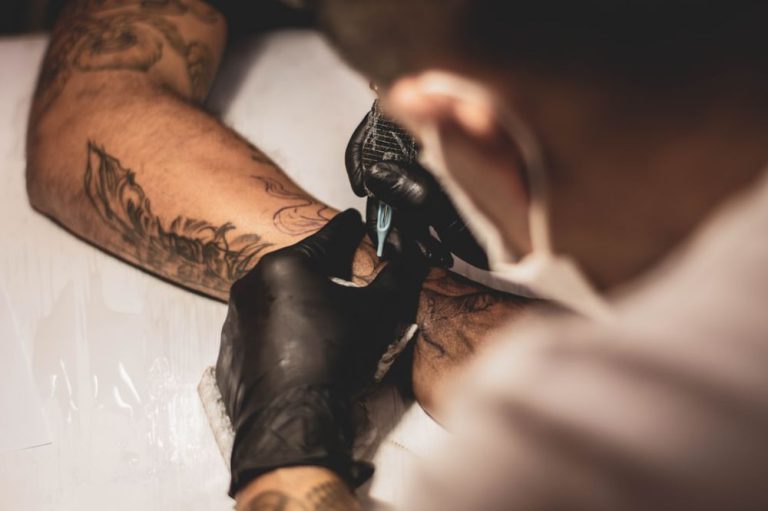
The rich culture of the Maori people in New Zealand is deeply intertwined with their traditional arts and crafts. These artistic expressions not only serve as a form of creativity but also carry significant cultural meanings and stories that have been passed down through generations. From intricate carvings to elaborate weavings, Maori arts and crafts are a reflection of the spiritual beliefs, values, and history of this indigenous group.
Maori Wood Carving:
One of the most prominent forms of traditional Maori art is wood carving. Maori wood carvings are characterized by intricate designs and patterns that often depict ancestral stories and symbols. The carvings are typically done on various wooden objects such as meeting houses, canoes, and weapons. Each carving is meticulously crafted using specialized tools and techniques that have been honed over centuries. The intricate details and symbolism in Maori wood carvings serve as a visual representation of the Maori people’s connection to their ancestors and the natural world.
Maori Weaving:
Weaving is another significant traditional art form among the Maori people. Maori weavings are created using natural fibers such as flax, a plant native to New Zealand. The intricate weaving patterns and designs hold cultural significance and are often used to create items such as cloaks, baskets, and mats. Weaving is a skill that is passed down from generation to generation, with each woven piece telling a unique story or representing a specific aspect of Maori culture. The art of weaving is not only a form of creative expression but also a way for Maori artisans to connect with their heritage and preserve traditional practices.
Ta Moko (Maori Tattoo):
Ta Moko, or Maori tattooing, is a traditional form of body art that holds deep cultural and spiritual significance for the Maori people. Ta Moko involves the intricate carving of designs into the skin using chisels and ink made from natural ingredients. Each tattoo design is unique and carries personal and ancestral meanings that reflect the wearer’s identity and heritage. Ta Moko is not just a form of decoration but a way for Maori individuals to connect with their ancestors and showcase their cultural pride.
Kapa Haka (Maori Performing Arts):
Kapa Haka is a traditional Maori performing art that combines music, dance, and chanting to tell stories and convey emotions. This art form is often performed at cultural events, ceremonies, and festivals as a way to celebrate Maori heritage and showcase traditional customs. Kapa Haka performances are characterized by dynamic movements, rhythmic chanting, and intricate costumes adorned with traditional Maori symbols. Through Kapa Haka, Maori performers express their cultural identity and pay homage to their ancestors while connecting with audiences on a deep emotional level.
Preserving Maori Arts and Crafts:
In recent years, there has been a renewed interest in preserving and promoting traditional Maori arts and crafts. Various initiatives and organizations have been established to support Maori artisans and ensure that these cultural practices are passed down to future generations. By safeguarding Maori arts and crafts, the Maori people can continue to celebrate their heritage, share their stories, and connect with their cultural roots.
In conclusion, traditional Maori arts and crafts are not just forms of creative expression but vital components of Maori culture and identity. From wood carving to weaving, Maori arts reflect the rich history, spiritual beliefs, and values of the Maori people. Through these artistic traditions, the Maori community can preserve their heritage, share their stories, and connect with their ancestors in a meaningful way.





